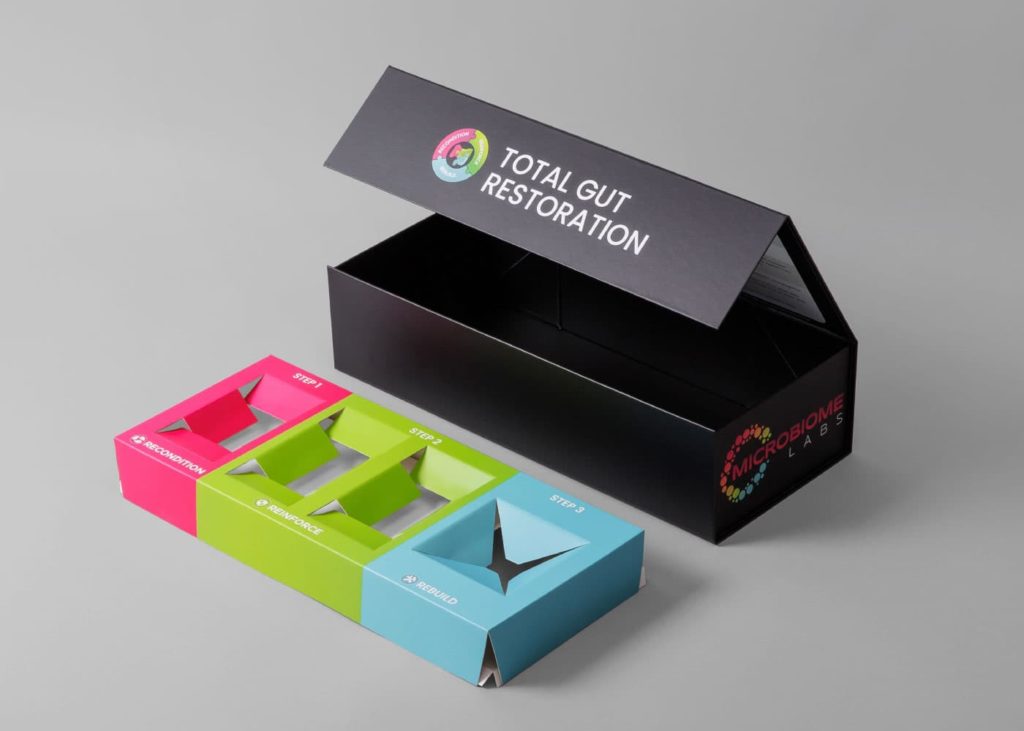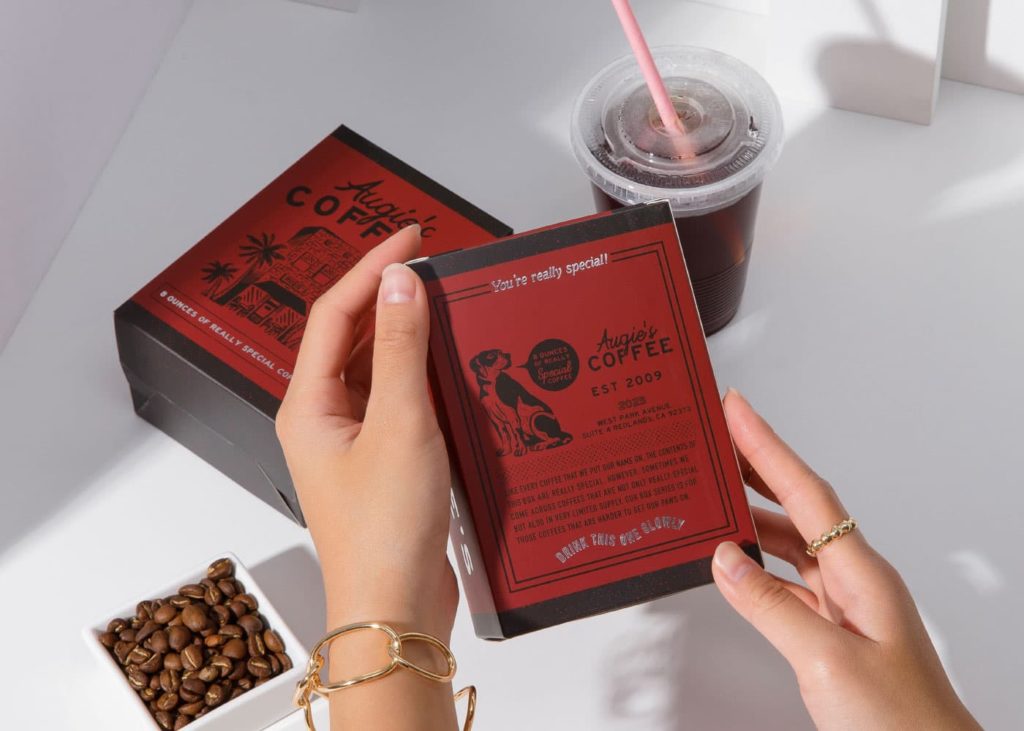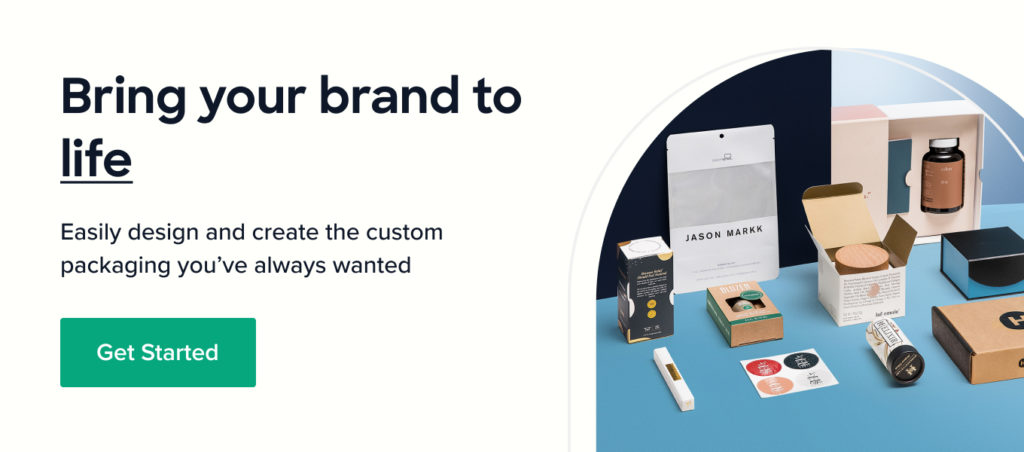Table of Contents
There are a lot of discussions around what sets a brand apart: Some say fonts, some might say the colors, others might say the messaging.
But ultimately, a great brand boils down to a singular element: Creativity.
Brands that have stood the test of time have had immense amounts of creativity behind them, turning them into the icons we know now.
However, creativity doesn’t have to be brash and in-your-face.
Simple and minimal designs have long stood against bold branding, as long as they convey what the brand is about.
That’s what leads to brand exposure and how customers begin to connect to your brand.
Ultimately, that level of brand exposure can lead to customer loyalty and retention, making it a key goal for companies to reach.
Creativity might be the path to achieving that level of brand exposure, but how does it actually happen?
It doesn’t happen out of nowhere, believe it or not.
However, a strong brand strategy and communication goal can help reach that creative spark and ultimately build brand equity.
We’ll explore some of the top ways to increase brand exposure and what you can do for your business.
- Start with the Good
When developing and strengthening a brand, the first step is always to start with the good.
What do customers like about your brand?
What do they resonate with, and what are they looking for?
Use that insight to feed into your branding and marketing to achieve higher levels of brand exposure.

Highlight the positive feedback you get, and try to do as much research into the customer experience as possible.
The more you can draw out unique insights of what makes your business stand out for customers, the more you can capitalize on that through your branding.
- Provide value
As the competition gets fierce and consumer attention harder to capture, brand exposure has been diluted.
However, many brands are getting around that now by rethinking what they have to offer beyond just their product.
Brand exposure has now expanded into providing valuable content written precisely for customers.
Through these efforts, brands can develop a deeper connection with their target market while providing additional value.
Efforts could entail user-generated content such as reviews and opinions, a company-driven blog, email marketing, and other channels.
Look at where your customers interact with you the most (e.g., social media channels, email) and create content demonstrating that value.
For content-driven marketing to be effective, it needs to offer customers something new and give them something that’s truly useful.
Having some level of exclusivity in the value you provide helps increase brand exposure.
One example could be to provide loyal customers with an exclusive access QR code on the packaging.

Once the code is scanned, it could lead customers to a members-only portal that includes content, inside looks, and other goodies to ensure customers feel valued by the brand they purchased from.
- Develop and Stick to a Brand Identity
Brands that are most memorable are the ones that have a distinct identity.
Some brands use tools such as humor to develop their brand identity.
Others use their heritage or other unique characteristics that define their voice.
While it might sound a bit odd, personify your brand as much as possible and stick to it.
Consistency helps customers develop an understanding and memory of your brand and what it offers.
And the more you can humanize your brand, the more it will resonate with audiences.
If your brand was a person, what would they talk about?
What would be their voice, and how would they communicate?
As you develop your brand identity, think about these questions and work on refining them when conveying your brand identity.
Then, keep those points in mind across different elements of the brand, including messaging, design, and packaging, to create a cohesive customer experience.
Audiences connect to narratives, as it helps with how they construct their understanding of the brand.
A distinct, crisp, compelling brand story will help with overall brand exposure.
Your brand story doesn’t have to be sad and depressing, but it’s about being honest and communicating what your brand is about with some creativity and purpose.

Was it a problem you wanted to solve or a gap in the market?
Or a bolt of inspiration that led you on the path?
Telling your story is another component of humanizing your brand; it goes a long way with customers.
It’s an unexpected connection that customers latch on to far more quickly, and a well-crafted brand story will significantly impact overall brand exposure.
- Develop Relationships with Relevant Brands
While yes, there is a lot of competition out there, there are some creative ways to increase brand exposure.
Developing relationships with other brands, especially ones that offer a related service but aren’t necessarily a direct competitor, can strengthen brand equity.
By creating an ecosystem of adjacent brands, you can connect to new audiences and increase brand awareness.
For example, artists can partner with home goods businesses to create a collaborative collection.
Or when fashion designers work together with major retailers to create an exclusive line.
It’s a simple yet effective way to strengthen your brand’s impression while gaining a whole new audience to appeal to.






